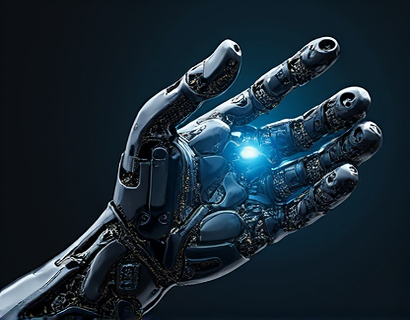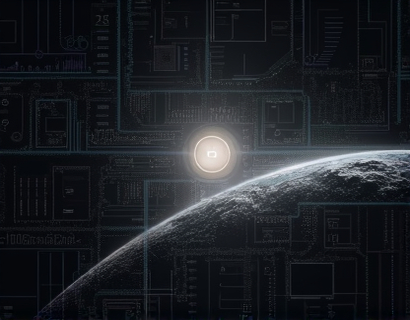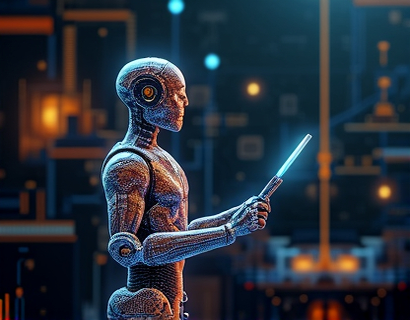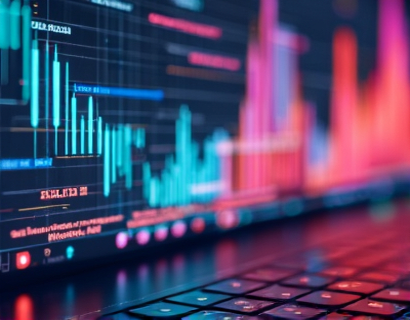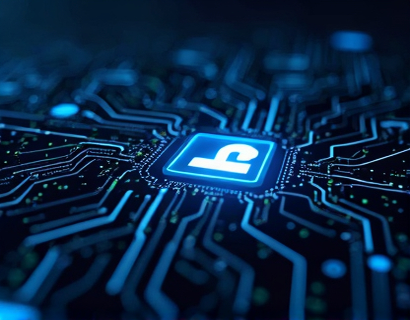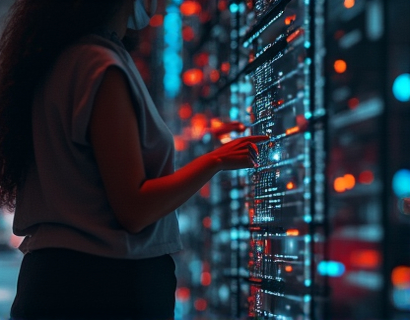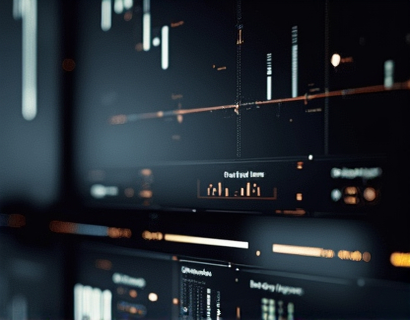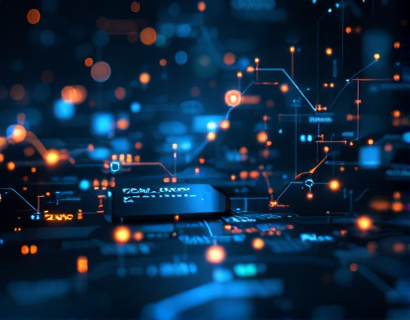Transforming Digital Experiences: The Synergy of Crypto and AI
The digital landscape is undergoing a profound transformation, driven by the convergence of blockchain technology and artificial intelligence (AI). This synergy is not just a technological advancement but a paradigm shift that is redefining how we interact with apps and services. For tech innovators and early adopters, understanding this convergence is crucial for driving growth and engagement in the digital age. This article delves into the ways crypto and AI are reshaping digital experiences, offering a comprehensive roadmap for leveraging these technologies to enhance user interactions and foster ecosystem growth.
Understanding Blockchain and AI
Before exploring their convergence, it's essential to grasp the fundamentals of blockchain and AI. Blockchain is a decentralized ledger technology that ensures transparency, security, and immutability in transactions. It operates on a peer-to-peer network, eliminating the need for intermediaries and reducing the risk of fraud. On the other hand, AI refers to the simulation of human intelligence processes by machines, particularly computer systems. These processes include learning (the acquisition of information and rules for using it), reasoning (using rules to reach approximate or definite conclusions), and self-correction.
Enhancing Security and Trust
One of the most significant impacts of combining blockchain and AI is the enhancement of security and trust in digital interactions. AI algorithms can detect and mitigate fraudulent activities by analyzing patterns and anomalies in real-time. When integrated with blockchain, these systems gain an additional layer of security due to the immutable nature of the ledger. This combination ensures that transactions are not only secure but also verifiable, fostering a higher level of trust among users. For applications in finance, supply chain management, and identity verification, this synergy is particularly transformative.
Personalized User Experiences
The integration of AI with blockchain enables the creation of highly personalized digital experiences. AI can analyze vast amounts of user data to understand preferences, behaviors, and needs. This data, when stored securely on a blockchain, ensures that user privacy is maintained while providing insights for tailored services. For instance, in the realm of content recommendation, AI can suggest articles, products, or services based on a user's past interactions, all while the blockchain ensures that this data is securely and transparently managed. This personalization not only enhances user satisfaction but also increases engagement and loyalty.
Decentralized Applications (DApps)
Decentralized Applications, or DApps, are a prime example of how blockchain and AI can revolutionize digital experiences. DApps operate on a blockchain network and leverage AI to provide intelligent and autonomous functionalities. These applications can range from decentralized finance (DeFi) platforms to social media networks and gaming environments. AI algorithms can optimize the performance of DApps by predicting user behavior, managing resources efficiently, and ensuring seamless interactions. The decentralized nature of these apps, combined with AI's intelligence, creates a robust and resilient digital ecosystem.
Smart Contracts and AI Automation
Smart contracts, self-executing contracts with the terms directly written into code, can be significantly enhanced by AI. AI can automate the execution of smart contracts by analyzing conditions and making decisions in real-time. This automation reduces the need for manual intervention, speeds up processes, and minimizes errors. For example, in supply chain management, AI can monitor and adjust smart contracts based on real-time data such as inventory levels, shipping status, and market demand. This ensures that contracts are executed efficiently and transparently, benefiting all parties involved.
Data Privacy and User Control
The convergence of blockchain and AI also addresses critical concerns around data privacy and user control. Blockchain's decentralized nature means that user data is not stored in a single, vulnerable location. AI can further enhance this by implementing advanced encryption and access control mechanisms. Users can have greater control over their data, deciding who can access it and for what purposes. This empowerment is crucial in a world where data breaches and misuse are increasingly common. By combining these technologies, platforms can offer a secure and user-centric approach to data management.
Fraud Detection and Prevention
Fraud is a persistent issue in digital transactions, affecting various sectors from e-commerce to financial services. AI algorithms, when integrated with blockchain, can significantly improve fraud detection and prevention. AI can analyze transaction patterns and identify anomalies that indicate fraudulent activity. Blockchain's immutable ledger ensures that these transactions are recorded and can be traced back if necessary. This combination not only detects fraud more effectively but also deters potential fraudsters due to the increased transparency and accountability.
Optimizing Resource Management
AI and blockchain can also optimize resource management in various industries. For instance, in the energy sector, AI can predict energy demand and supply, while blockchain ensures transparent and secure transactions for energy trading. Smart contracts can automate the buying and selling of energy based on real-time data, reducing waste and improving efficiency. Similarly, in the logistics industry, AI can optimize routes and schedules, while blockchain can provide a transparent and tamper-proof record of shipments. This synergy leads to more efficient and sustainable operations.
Building Trust in AI Systems
As AI becomes more prevalent, building trust in these systems is crucial. Blockchain can play a significant role in this by providing a transparent and auditable record of AI decision-making processes. By storing the data and algorithms used by AI systems on a blockchain, users can verify the integrity and fairness of these systems. This transparency is essential for gaining user trust and ensuring that AI is used ethically and responsibly. For tech innovators, this means developing AI solutions that are not only powerful but also transparent and accountable.
Challenges and Considerations
While the potential of combining blockchain and AI is vast, there are challenges and considerations that must be addressed. Scalability remains a significant issue for blockchain technology, as processing large volumes of transactions can be slow and resource-intensive. However, advancements in blockchain protocols and the development of layer 2 solutions are addressing these concerns. Additionally, the integration of AI with blockchain requires careful consideration of regulatory frameworks and ethical standards to ensure compliance and responsible use.
Roadmap for Tech Innovators
For tech innovators looking to leverage the synergy of blockchain and AI, here is a roadmap to drive growth and engagement:
- Understand the Basics
- Identify Use Cases
- Prototype and Test
- Build a Community
- Focus on User Privacy and Security
- Stay Updated
By following this roadmap, tech innovators can effectively harness the power of blockchain and AI to create innovative and impactful digital solutions.
Conclusion
The convergence of blockchain and AI is not just a technological trend but a transformative force that is reshaping the digital landscape. For tech innovators and early adopters, embracing this synergy can lead to unprecedented opportunities for growth and engagement. By enhancing security, personalizing user experiences, and optimizing resource management, the combination of these technologies offers a robust framework for building the next generation of digital ecosystems. As the digital world continues to evolve, those who embrace the power of blockchain and AI will be at the forefront of innovation.




